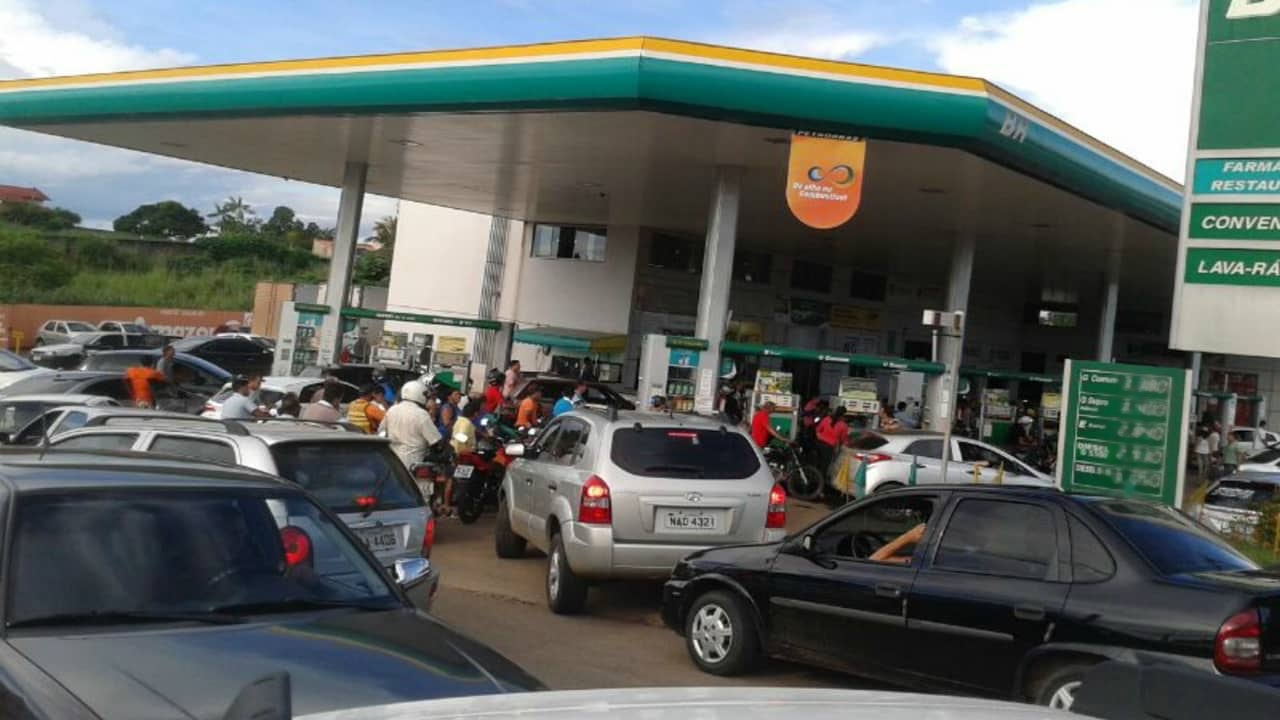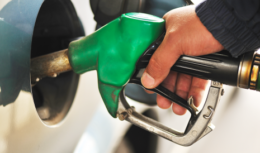
Gasoline and diesel prices rise by more than 15% at fuel pumps, after the last increase announced by Petrobras, and consumers have nowhere to run!
According to the most recent survey carried out by the National Agency for Petroleum, Natural Gas and Biofuels (ANP) in the week of March 13th to 19th, a liter of gasoline reached R$ 8,399 at the pumps. Diesel, which has a direct impact on freight prices in the country, came close to R$8 and is already sold at R$7,980.
Gasoline price
The highest price of common gasoline in the week of March 13th to 19th was registered in the Southeast region, where fuel is already found at R$ 8,399.
In the Northeast, the maximum price is R$ 8,390. In the South, R$ 8,290. In the North and Midwest regions, values reached R$ 8,100 and R$ 7,999, respectively.
The highest price was found by the ANP at R$8,399, in Três Rios, in Rio de Janeiro, and the lowest, R$5,899 in Araras, in the interior of São Paulo.
Diesel
ÍTicket Log Price Index (IPTL), referring to the first half of March, after a 25% increase in the price of a liter of diesel, announced on March 10th, the average price of fuel soared by more than 15% when compared to the first days of the month. At the beginning of the fortnight, common diesel was being sold, on average, at R$ 6,043. Soon after the increase, fuel began to be distributed at the pumps at R$ 6,977, an increase of 15,5%. The S-10 diesel went from R$ 6,120 to R$ 7,89, which represents an increase of 15%.
“The price of diesel has been skyrocketing since the beginning of the year and, after the national readjustment in the price of fuel announced, the value starts to weigh even more on the pockets of drivers, especially for those who supply fuel in the Northeast”, points out Douglas Pina, Head of Urban Market by Edenred Brasil.
In the analysis by state in relation to the accumulated result for the first half of the month, pumps from Bahia had the highest averages for common diesel and S-10 diesel. The biggest increase for fuels in relation to the end of February was also found in Bahia – 12,76% and 13,13%, respectively.
piped gas
Piped gas, another fuel used by several segments, is also undergoing readjustments. According to the projection of the consultancy ARM, the price of the input may accumulate an increase of 50% to 60% until August this year, if the barrel of oil remains at the current level in the international market. Adjustment contracts are quarterly. The next change in prices occurs in May, when there should be an increase of around 20% – the same should happen in August.
According to Bruno Armbrust, a partner at the consultancy, the increases impact, above all, on large industries and on the value of fuel to supply vehicles. As for residential consumers and small businesses, it is the opposite. The distributors' margin is higher and the cost of the gas molecule has a lower weight.
“The piped gas goes to different markets: industrial, vehicle supply, commerce, including power generation. In the case of large customers, industries, vehicular gas and thermoelectric plants, the gas component has a very large weight and the distributor's margin has a smaller weight. There may even be, in the example of vehicular gas, the weight of the distributor's margin can be 10% to 12%, and gas almost 90%”, stated Armbrust.
Petrobras said that the new increase in the prices of gasoline, diesel and LPG was necessary for the Brazilian market to continue to be supplied, without any risk of shortages.
This company move was in the same direction as other fuel suppliers in Brazil that, before Petrobras, had already promoted adjustments in their selling prices, and necessary for the Brazilian market to continue to be supplied, without risk of shortages, by the different actors responsible for serving the various Brazilian regions: distributors, importers and other producers in addition to Petrobras.
Petrobras follows all the rites of governance and seeks balance with the market, while avoiding transferring volatilities in international quotations and the exchange rate caused by conjunctural events to domestic prices.
This positioning allowed prices at Petrobras refineries to remain stable for 152 days for LPG and 57 days for gasoline and diesel, even in this context of rising international prices. Read the full article here.












